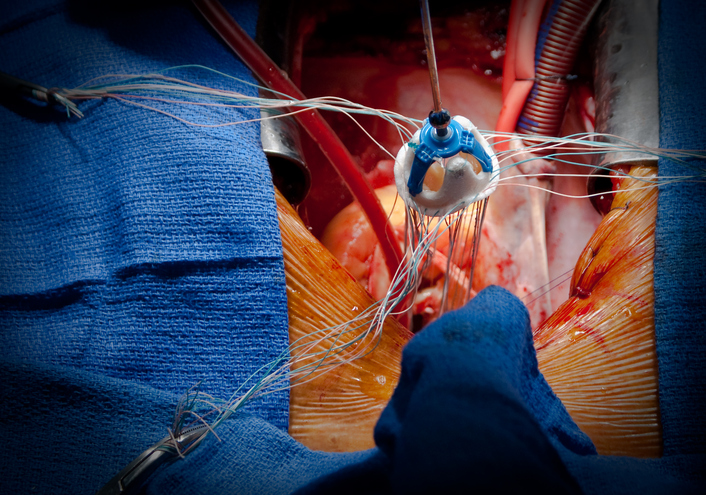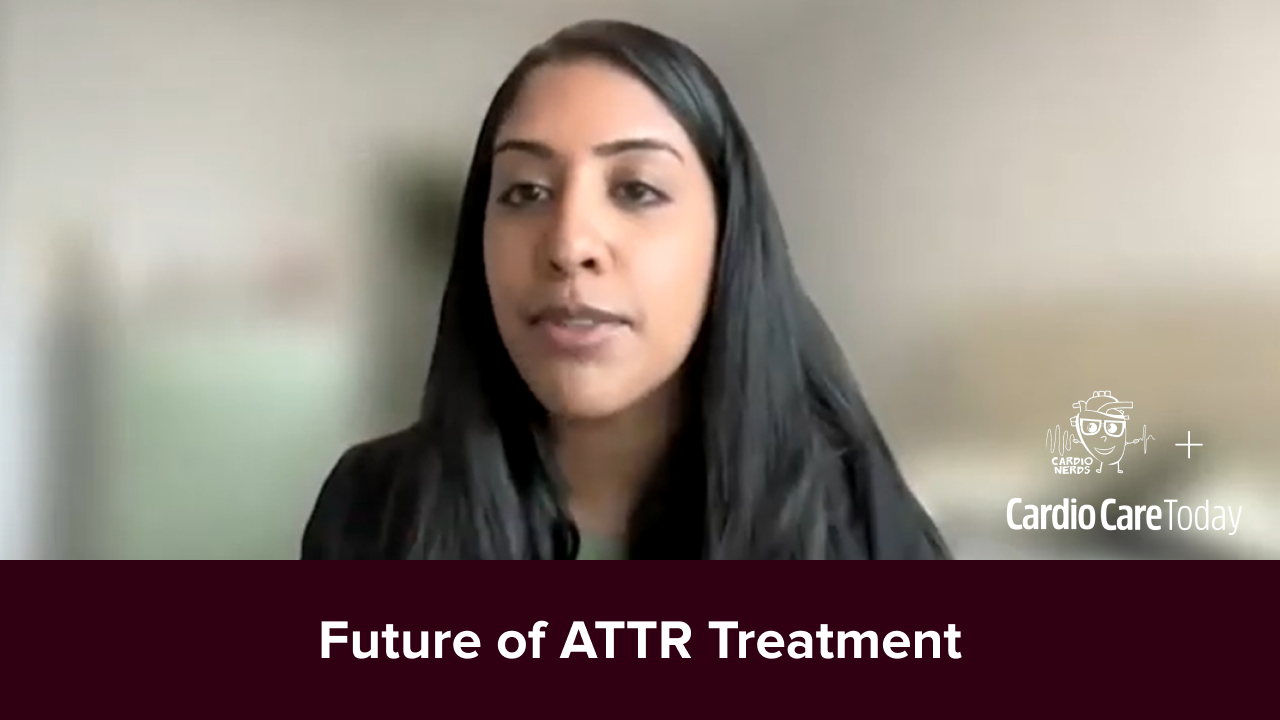
Door to treatment times for endovascular therapy (EVT) have made modest gains, but work could be done to streamline the process, researchers concluded in a study.
Researchers evaluated patients receiving EVT within Get With The Guidelines-Stroke hospitals and assessed patient- and hospital-level variables that correlate with treatment times. Hospitals eligible for inclusion in the study were Comprehensive Stroke Centers within Get With The Guidelines-Stroke sites between October 2014 and September 2016. Times from door to imaging, imaging to arterial access, arterial access to first pass, and the composite door to first pass were all analyzed. Data were evaluated overall and stratified by calendar-year quarters. Patient- and hospital-level variables were considered using multivariable modeling.
Final analysis included 2,929 EVT patients (median age, 71 years; 50.7% female; median baseline National Institute of Health Stroke Score, 17; median annual EVT administration number, 16) from 195 hospitals. Across all patients, median door to first pass time was 130 minutes, door to imaging time was 12 minutes, imaging to arterial puncture time was 93 minutes, and arterial puncture to first pass time was 18 minutes. Only 3% of patients had a door to first pass time ≤60 minutes. Researchers observed a great linear time trend for door to first pass time (quarter 4 year 2014 median time, 134.5 minutes to quarter 3 year 2016 median time, 128 minutes, P=0.002). Patients who were older, arrived during off hours, and had a history of diabetes mellitus were more likely to have a longer door to first pass time. Shorter door to intravenous alteplase administration times (door to needle) times were indicative of shorter door to first pass times. For every additional five cases per year, there was a 3% shorter door to first pass time, up to 40 cases per year (P<0.001).
Researchers recommended focusing on “parallel workflow, especially during nonregular hours, efficiency in administration of intravenous alteplase (better door to needle time), and increasing EVT case volumes in designated CSCs” to help decrease treatment times, adding, “Efforts on streamlining workflow and saving time need to continue so that the full potential of EVT is realized.”
https://twitter.com/CircAHA/status/1082411626077265922
https://twitter.com/NoraChisholm/status/1082431225376137216
https://twitter.com/bijoymenon/status/1082414708655677441
https://twitter.com/nr_evans/status/1082413556149166080
Source: Circulation







 © 2025 Mashup Media, LLC, a Formedics Property. All Rights Reserved.
© 2025 Mashup Media, LLC, a Formedics Property. All Rights Reserved.